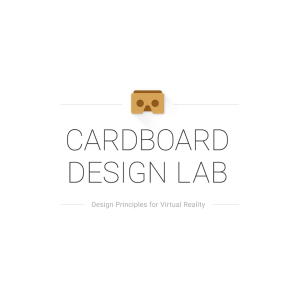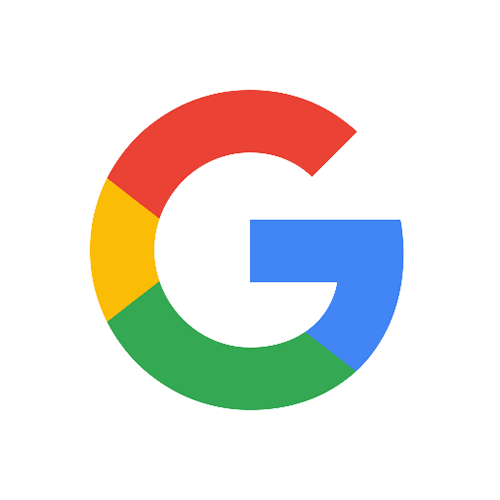

View Case Study
The Cardboard Design Lab teaches design principles for virtual reality to anyone with a smartphone and a Cardboard VR viewer.
The Cardboard Design Lab is a mobile app that, when paired with a Cardboard or other smartphone virtual reality (VR) viewer, demonstrates and validates design principles in VR for the benefit of the entire VR community. It's intended to accompany written best practices guidelines for the first generation of VR designers and developers. The app demonstrates and validates each guideline inside a VR world.
The Cardboard Design Lab is meant to be a jumping off point, a playground of examples to spur discussions between designers and developers. There are two sections. "Foundation" illustrates basic principles with concrete examples of good and suboptimal experiences (distances for text legibility, head tracking, motion). "Immersion" explores more advanced UX principles that help to sell the illusion of being in a different place with visual and audio examples brought to life in beautifully modeled, low-poly landscapes. The app is designed to be as immersive and interactive as VR itself. Showing, not telling, allows it to effectively demonstrate and teach the best practices we've learned as an industry so far.
- Why this project is worthy of a UX Award:
Writing about virtual reality is like dancing about architecture.
While codifying design best practices for virtual reality applications, the design team at Google realized illustrating and teaching these principles directly in virtual reality would be most effective.
After reviewing all of the virtual reality applications currently available in the Google Play store, as well as many applications for other platforms, the team identified a common set of design patterns that were working well, as well as aspects of applications that were problematic for users. The team synthesized these findings into 10 distinct design principles for virtual reality.
Cardboard Design Lab was built to demonstrate them. It's an interactive mobile application that takes the best practices learned across the VR industry and turns them into experiences that even a first-time virtual reality designer can grasp viscerally and immediately—optimal distances for legible text, the potentially nauseating effects of acceleration, the importance of gaze cues and spatial audio.
In the application, you explore an immersive set of labs crafted to interactively demonstrate more nuanced VR design principles—shooting balloons teaches users the importance of a reticle, and riding a minecart teaches them to reduce motion sickness by constraining acceleration.
In later lessons, the user hikes through and explores a redwood forest, inspired by Muir Woods near Google’s campus in Mountain View, and experiences higher-level VR design principles such as gaze interactions, spatial audio usage, guiding the user with light, and more.
With 100,000 downloads and a 4.1 rating on Google Play, The Cardboard Design Lab has spread through the still nascent VR design and development community. The Verge described it as “a how-to guide for good VR design,” and the RoadToVR writes “The app demonstrates each of its lessons quickly in impressively effective ways.”
- Submitted By: Google
See More 2015 Submissions >>